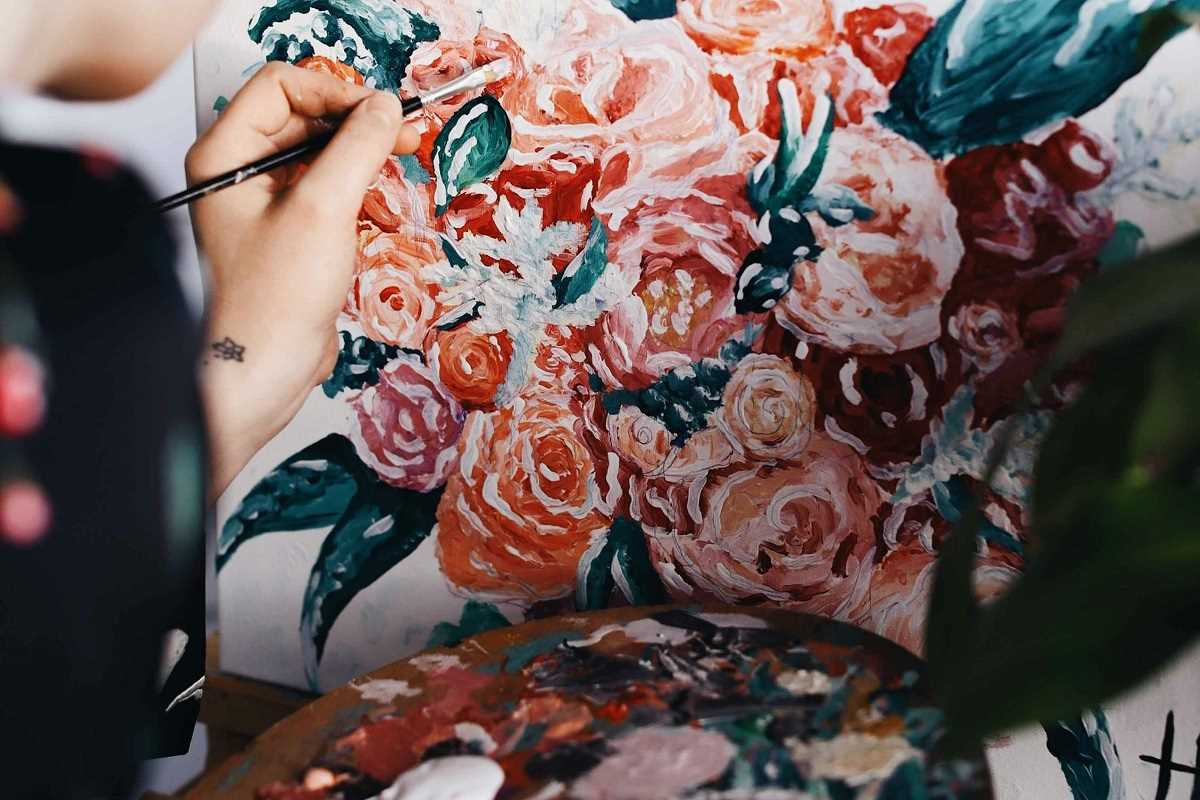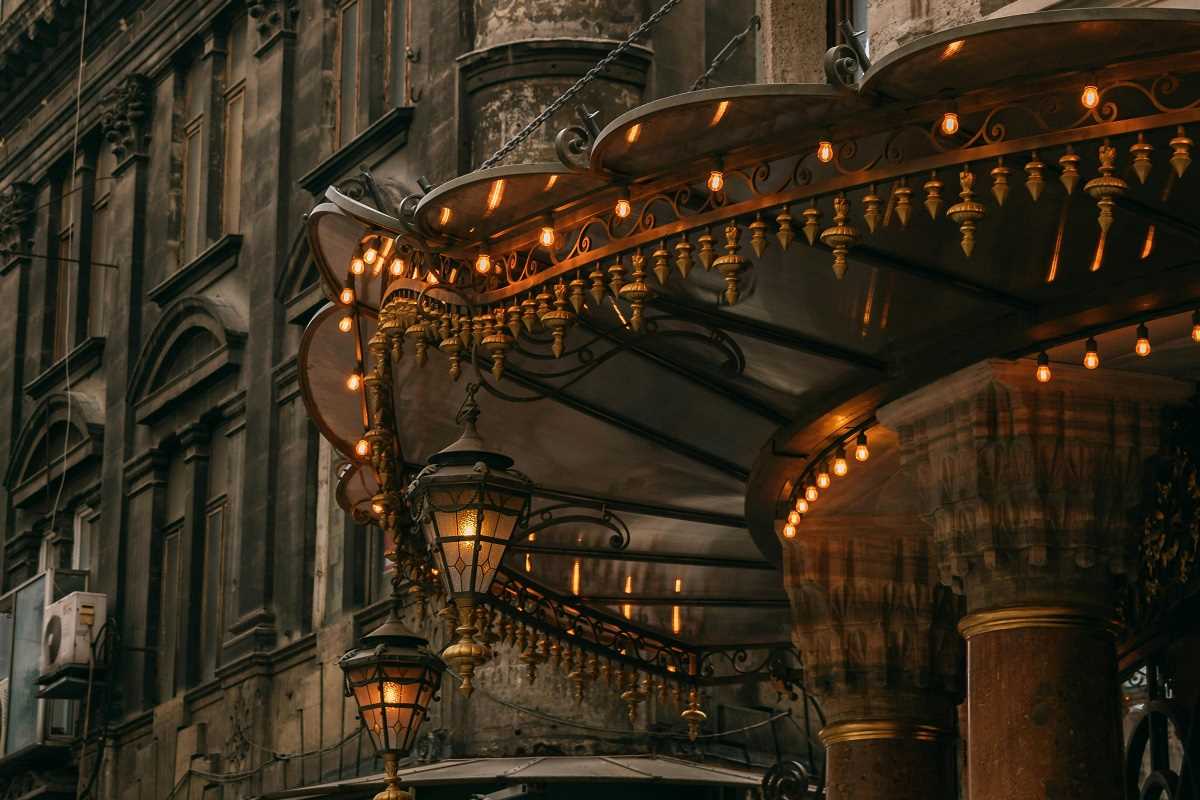Dining, at its most refined, has evolved far beyond just feeding the body; it’s a multisensory experience that blends taste, aroma, texture, and, increasingly, the visual element into a cohesive narrative. Among these components, the artistry of food plating has emerged as a defining characteristic of gourmet dining. The deliberate arrangement of ingredients, colors, and textures creates not only edible masterpieces but also elevates the entire dining experience. It turns a meal into a conversation piece, a memory, and a symphony of visual and sensory delight.
Renowned chefs across the globe have reimagined plating as a form of cultural and artistic expression. But how exactly has this focus on artistic plating changed the face of gourmet dining? And who are the culinary masterminds leading the charge?
The Power of Presentation
When you first see an immaculately plated dish, it’s not your taste buds that react—it’s your eyes. An eye-catching presentation immediately sets the stage, sparking curiosity, excitement, and anticipation. The science here is clear too; studies show that how food looks can significantly affect how it is perceived in terms of flavor, quality, and value. For instance, a neatly arranged plate can make portions look larger or more satisfying, while the careful pairing of colors and textures can hint at a dish’s complexity before you take even one bite.
Plating transforms a meal into an experience worth savoring. Beyond taste, the nuanced presentation invites diners to linger, interact, and engage thoughtfully with the dish. It’s no longer just about sustenance—it’s about connection, storytelling, and even performance.
Take a meticulously plated dish like deconstructed lasagna. While the flavors might resemble the classic dish, seeing the components arranged into neat layers with a swirl of sauce and a dusting of colorful herbs creates an entirely new experience. It’s playful, surprising, and almost sculptural. Artistic plating changes how diners approach their food—forks move cautiously and deliberately, as though excavating a work of art.
Nowhere is this shift more pronounced than in the work of renowned chefs who’ve elevated plating into an art form.
Grant Achatz – Visual Imagination as a Culinary Playground
When it comes to artistic plating, few chefs can rival the revolutionary creativity of Grant Achatz of Alinea in Chicago. Achatz challenges everything traditional about plating by asking not just how food should look on the plate, but where the plate can reside in the dining experience. His creations often forego the conventional plate altogether in favor of creating experiences that are immersive, surreal, and wholly unique.
Take Achatz’s famous "table dessert." Instead of plating the dish, Achatz and his chefs create large-scale culinary artwork directly on the table. Pulverized chocolates, fruit gels, edible meringues, and sauces are drizzled, splattered, and sculpted into vibrant edible landscapes before diners’ amazed eyes. The plating process becomes part of the meal, a performance that blurs the lines between food service and live art.
Achatz sees plating as an extension of storytelling. His arrangements surprise and intrigue diners, flipping expectations at every turn. Achatz’s approach reminds us that plating is not just about visual appeal—it’s about asking diners to experience food in an entirely new way.
Massimo Bottura – Abstract Art on a Plate
Another celebrated figure redefining artistic plating is Massimo Bottura, chef-owner of the three-Michelin-starred Osteria Francescana in Modena, Italy. Bottura’s food is renowned for its ability to capture emotion and memory, and he uses plating to communicate these narratives in visual form.
A prime example? Bottura’s iconic dish, "Oops! I Dropped the Lemon Tart." True to its name, the dessert appears as though it has been accidentally dropped, with cracked pastry edges and scattered splashes of custard. Despite its chaotic appearance, every element is meticulously arranged to evoke playfulness, nostalgia, and whimsy.
Bottura also uses plating to reinterpret Italian culinary traditions with an avant-garde touch. His "Five Ages of Parmigiano Reggiano," for example, reimagines Parmesan cheese in five distinct textures and temperatures, set within meticulously crafted shapes and lines that mirror contemporary art. The careful balance of form and function on the plate turns his dishes into cultural sculptures, each bite telling the story of Italy’s culinary heritage.
For Bottura, plating is deeply personal. It’s not merely a way to enhance a dish’s aesthetics but a method of conveying emotion and intent. His mastery lies in his ability to mix precision and spontaneity—an artistic contradiction that leaves diners both impressed and moved.
Dominique Crenn – Poetry through Plating
At San Francisco’s Atelier Crenn, chef Dominique Crenn merges food and poetry, and her plating style embodies this seamless marriage of art forms. Inspired by nature and her love of storytelling, Crenn’s plates are ethereal and often reflect landscapes, seascapes, or abstract paintings.
Chefs frequently talk about "eating with your eyes," and Crenn takes this concept further by creating poetic snapshots of nature. Take her dish "A Walk in the Forest." Morsels of mushroom purée, edible flowers, and mossy green sauces mimic a woodland floor, while earthy flavors transport diners to the heart of the forest. The composition feels alive, like an Impressionist painting rendered in edible form.
Plating and storytelling are inseparable for Crenn. Each of her dishes is paired with poetic descriptions that guide diners through the story she’s telling. For example, a dessert might represent "a bird perched on a branch at sunrise," and the arrangement of fruit, pastry, and sauces mirrors this imagery down to every last detail.
Crenn’s work underscores the idea that plating is not just an accessory to fine dining but the centerpiece of a thoughtfully curated experience. It’s a philosophy that continues to influence rising chefs around the world.
The Artistic Impact on Dining
The emphasis on artistic plating hasn’t just changed how food looks—it’s changed how diners engage with the entire meal. Here are some notable ways this visual revolution is shaping dining culture:
- Heightened Expectations: Diners have come to expect more from gourmet dining than exceptional flavors—they crave a feast for the eyes. Artistic plating helps restaurants stand out in a competitive industry, where Instagrammable meals can go viral in seconds.
- Deeper Connection to the Narrative: Plating allows chefs to tell stories, memorialize moments, and evoke emotion in ways that taste alone cannot. Whether a dish is a deconstructed memory or an exploration of nature’s elements, its presentation brings diners closer to the chef’s vision.
- Bridging Art and Hospitality: Artistic food plating sits at the intersection of culinary craft and visual art. Museums, galleries, and culinary festivals increasingly showcase chefs’ work, validating food as an art form in its own right.
- Sensory Amplification: Studies suggest that visual appeal can amplify how we perceive taste. A beautifully plated dish primes diners to expect elevated flavors, which enhances the overall experience.
The plate has become more than just a background for food; it’s a canvas for chefs to share their creative identities with the world. Master chefs like Grant Achatz, Massimo Bottura, and Dominique Crenn show that plating is not only a skill but an art form that transforms dining into something truly transcendent. Their work has not only pushed the boundaries of technique but reshaped how we, as diners, think about food at its most inventive.
Artistic food plating is no ordinary process—it’s nuanced, intentional, and deeply personal. Its power lies in its ability to evoke wonder while crafting experiences that remain etched in your memory long after the last bite. Because, in the world of gourmet dining, a plate is never just a plate—it’s a masterpiece waiting to tell its story.
 (Image via
(Image via





.jpg)